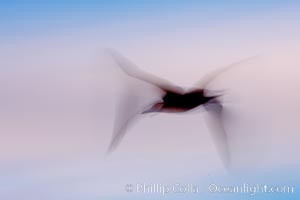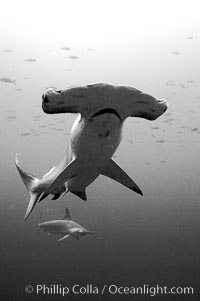
Scalloped hammerhead shark, black and white / grainy.
Species: Scalloped hammerhead shark, Sphyrna lewini
Location: Wolf Island, Galapagos Islands, Ecuador
Image ID: 16279
Species: Scalloped hammerhead shark, Sphyrna lewini
Location: Wolf Island, Galapagos Islands, Ecuador
Image ID: 16279
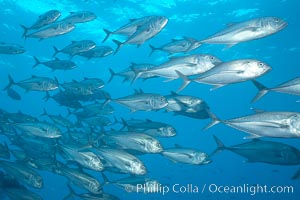
Bigeye trevally jacks, schooling.
Species: Bigeye jack, Caranx sexfasciatus
Location: Darwin Island, Galapagos Islands, Ecuador
Image ID: 16346
Species: Bigeye jack, Caranx sexfasciatus
Location: Darwin Island, Galapagos Islands, Ecuador
Image ID: 16346

Black coral. The fan is five feet in diameter and the color of the live coral is more yellow-green than black.
Species: Black coral, Antipathidae
Location: Cousins, Galapagos Islands, Ecuador
Image ID: 16444
Species: Black coral, Antipathidae
Location: Cousins, Galapagos Islands, Ecuador
Image ID: 16444
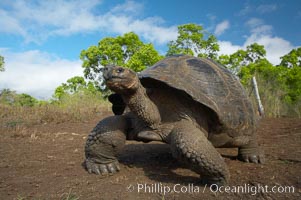
Galapagos tortoise, Santa Cruz Island species, highlands of Santa Cruz island.
Species: Galapagos tortoise, Geochelone nigra
Location: Santa Cruz Island, Galapagos Islands, Ecuador
Image ID: 16490
Species: Galapagos tortoise, Geochelone nigra
Location: Santa Cruz Island, Galapagos Islands, Ecuador
Image ID: 16490
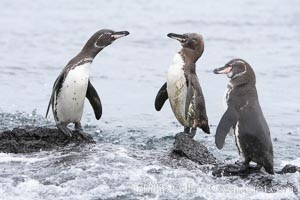
Galapagos penguins.
Species: Galapagos penguin, Spheniscus mendiculus
Location: Bartolome Island, Galapagos Islands, Ecuador
Image ID: 16517
Species: Galapagos penguin, Spheniscus mendiculus
Location: Bartolome Island, Galapagos Islands, Ecuador
Image ID: 16517
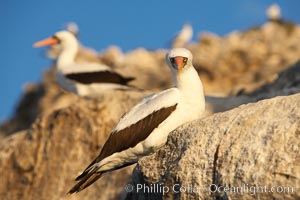
Nazca booby.
Species: Nazca booby, Sula granti
Location: Wolf Island, Galapagos Islands, Ecuador
Image ID: 16530
Species: Nazca booby, Sula granti
Location: Wolf Island, Galapagos Islands, Ecuador
Image ID: 16530
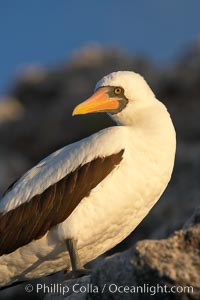
Nazca booby.
Species: Nazca booby, Sula granti
Location: Wolf Island, Galapagos Islands, Ecuador
Image ID: 16531
Species: Nazca booby, Sula granti
Location: Wolf Island, Galapagos Islands, Ecuador
Image ID: 16531
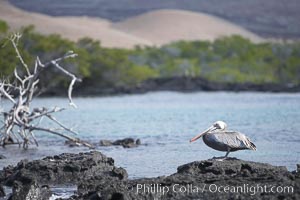
Brown pelican.
Species: Brown pelican, Pelecanus occidentalis
Location: North Seymour Island, Galapagos Islands, Ecuador
Image ID: 16542
Species: Brown pelican, Pelecanus occidentalis
Location: North Seymour Island, Galapagos Islands, Ecuador
Image ID: 16542
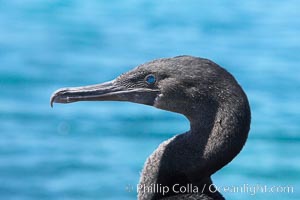
Flightless cormorant, head and neck profile. In the absence of predators and thus not needing to fly, the flightless cormorants wings have degenerated to the point that it has lost the ability to fly, however it can swim superbly and is a capable underwater hunter. Punta Albemarle.
Species: Flightless cormorant, Nannopterum harrisi, Phalacrocorax harrisi
Location: Isabella Island, Galapagos Islands, Ecuador
Image ID: 16550
Species: Flightless cormorant, Nannopterum harrisi, Phalacrocorax harrisi
Location: Isabella Island, Galapagos Islands, Ecuador
Image ID: 16550
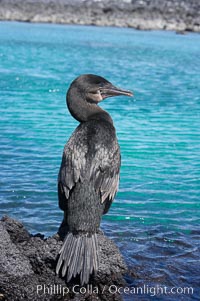
Flightless cormorant perched on volcanic coastline. In the absence of predators and thus not needing to fly, the flightless cormorants wings have degenerated to the point that it has lost the ability to fly, however it can swim superbly and is a capable underwater hunter. Punta Albemarle.
Species: Flightless cormorant, Nannopterum harrisi, Phalacrocorax harrisi
Location: Isabella Island, Galapagos Islands, Ecuador
Image ID: 16560
Species: Flightless cormorant, Nannopterum harrisi, Phalacrocorax harrisi
Location: Isabella Island, Galapagos Islands, Ecuador
Image ID: 16560
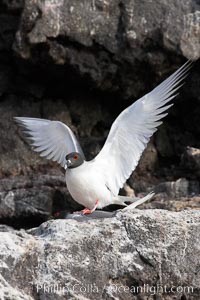
Swallow-tailed gull, mating, male on top, female just visible below.
Species: Swallowtail gull, Creagrus furcata
Location: Wolf Island, Galapagos Islands, Ecuador
Image ID: 16591
Species: Swallowtail gull, Creagrus furcata
Location: Wolf Island, Galapagos Islands, Ecuador
Image ID: 16591
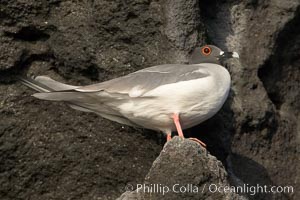
Swallow-tailed gull.
Species: Swallowtail gull, Creagrus furcata
Location: Wolf Island, Galapagos Islands, Ecuador
Image ID: 16593
Species: Swallowtail gull, Creagrus furcata
Location: Wolf Island, Galapagos Islands, Ecuador
Image ID: 16593
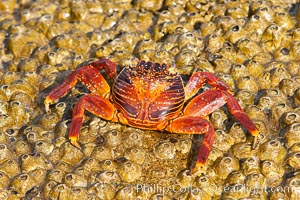
Sally lightfoot crab on barnacles.
Species: Sally lightfoot crab, Grapsus grapsus
Location: North Seymour Island, Galapagos Islands, Ecuador
Image ID: 16604
Species: Sally lightfoot crab, Grapsus grapsus
Location: North Seymour Island, Galapagos Islands, Ecuador
Image ID: 16604
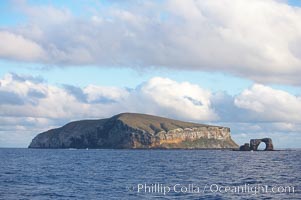
Darwin Island, with Darwins Arch on the right. Darwin Island is the northernmost of the Galapagos Islands and is home to enormous numbers of seabirds.
Location: Darwin Island, Galapagos Islands, Ecuador
Image ID: 16618
Location: Darwin Island, Galapagos Islands, Ecuador
Image ID: 16618
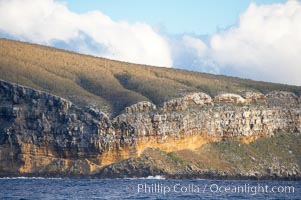
Darwin Island, the northernmost of the Galapagos Islands, hosts sheer seacliffs rising above the ocean that are home to tens of thousands of seabirds.
Location: Darwin Island, Galapagos Islands, Ecuador
Image ID: 16619
Location: Darwin Island, Galapagos Islands, Ecuador
Image ID: 16619
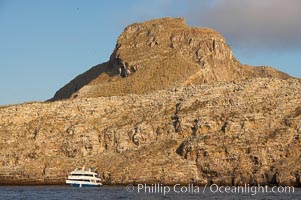
Wolf Island, with a liveaboard tour boat below sheer seacliffs, is the largest of the islands in the distant northern island group of the Galapagos archipelago, is home to hundreds of thousands of seabirds. Vast schools of sharks and fish inhabit the waters surrounding Wolf Island.
Location: Wolf Island, Galapagos Islands, Ecuador
Image ID: 16629
Location: Wolf Island, Galapagos Islands, Ecuador
Image ID: 16629
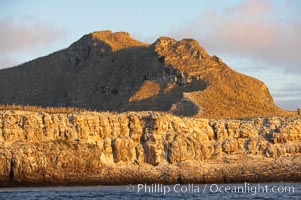
Wolf Island is the largest of the islands in the distant northern island group of the Galapagos archipelago, is home to hundreds of thousands of seabirds. Vast schools of sharks and fish inhabit the waters surrounding Wolf Island.
Location: Wolf Island, Galapagos Islands, Ecuador
Image ID: 16630
Location: Wolf Island, Galapagos Islands, Ecuador
Image ID: 16630
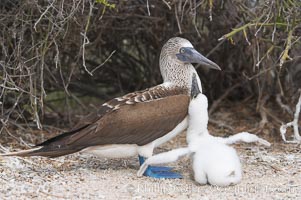
Blue-footed booby adult and chick.
Species: Blue-footed booby, Sula nebouxii
Location: North Seymour Island, Galapagos Islands, Ecuador
Image ID: 16659
Species: Blue-footed booby, Sula nebouxii
Location: North Seymour Island, Galapagos Islands, Ecuador
Image ID: 16659
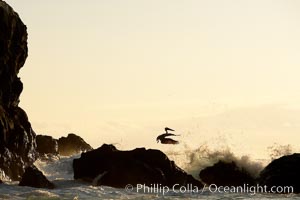
Brown pelican, waves, rocks and cliffs, sunset.
Species: Brown pelican, Pelecanus occidentalis
Location: Wolf Island, Galapagos Islands, Ecuador
Image ID: 16689
Species: Brown pelican, Pelecanus occidentalis
Location: Wolf Island, Galapagos Islands, Ecuador
Image ID: 16689
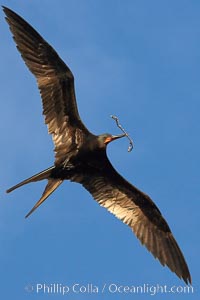
Great frigatebird, adult male, in flight, carrying twig for nest building, green iridescence of scapular feathers identifying species. Wolf Island.
Species: Great frigatebird, Fregata minor
Location: Wolf Island, Galapagos Islands, Ecuador
Image ID: 16708
Species: Great frigatebird, Fregata minor
Location: Wolf Island, Galapagos Islands, Ecuador
Image ID: 16708
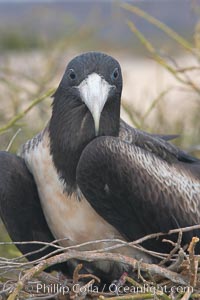
Magnificent frigatebird, adult female on nest.
Species: Magnificent frigatebird, Fregata magnificens
Location: North Seymour Island, Galapagos Islands, Ecuador
Image ID: 16738
Species: Magnificent frigatebird, Fregata magnificens
Location: North Seymour Island, Galapagos Islands, Ecuador
Image ID: 16738
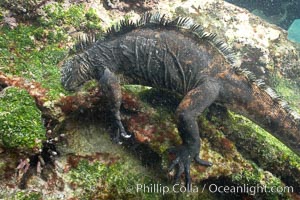
Marine iguana, underwater, forages for green algae that grows on the lava reef.
Species: Marine iguana, Amblyrhynchus cristatus
Location: Bartolome Island, Galapagos Islands, Ecuador
Image ID: 16228
Species: Marine iguana, Amblyrhynchus cristatus
Location: Bartolome Island, Galapagos Islands, Ecuador
Image ID: 16228
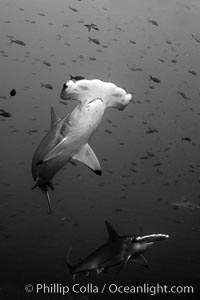
Scalloped hammerhead shark, black and white / grainy.
Species: Scalloped hammerhead shark, Sphyrna lewini
Location: Wolf Island, Galapagos Islands, Ecuador
Image ID: 16252
Species: Scalloped hammerhead shark, Sphyrna lewini
Location: Wolf Island, Galapagos Islands, Ecuador
Image ID: 16252
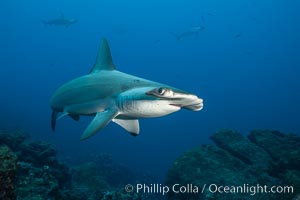
Scalloped hammerhead shark.
Species: Scalloped hammerhead shark, Sphyrna lewini
Location: Wolf Island, Galapagos Islands, Ecuador
Image ID: 16263
Species: Scalloped hammerhead shark, Sphyrna lewini
Location: Wolf Island, Galapagos Islands, Ecuador
Image ID: 16263
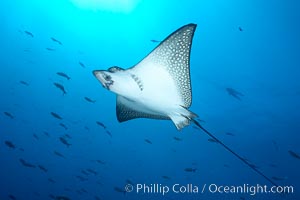
Spotted eagle ray.
Species: Spotted eagle ray, Aetobatus narinari
Location: Wolf Island, Galapagos Islands, Ecuador
Image ID: 16329
Species: Spotted eagle ray, Aetobatus narinari
Location: Wolf Island, Galapagos Islands, Ecuador
Image ID: 16329
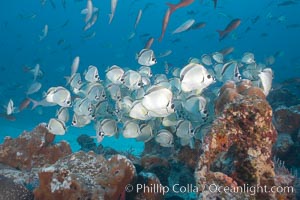
Barberfish schooling.
Species: Barberfish, Johnrandallia nigrirostris
Location: Darwin Island, Galapagos Islands, Ecuador
Image ID: 16354
Species: Barberfish, Johnrandallia nigrirostris
Location: Darwin Island, Galapagos Islands, Ecuador
Image ID: 16354
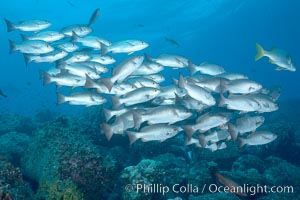
Unidentified snapper.
Species: Lutjanus
Location: Darwin Island, Galapagos Islands, Ecuador
Image ID: 16356
Species: Lutjanus
Location: Darwin Island, Galapagos Islands, Ecuador
Image ID: 16356
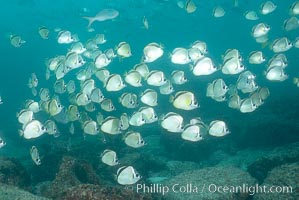
Barberfish schooling.
Species: Barberfish, Johnrandallia nigrirostris
Location: North Seymour Island, Galapagos Islands, Ecuador
Image ID: 16357
Species: Barberfish, Johnrandallia nigrirostris
Location: North Seymour Island, Galapagos Islands, Ecuador
Image ID: 16357
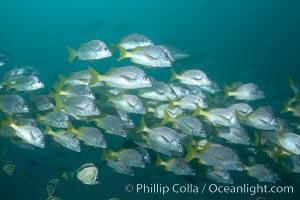
Yellowtail grunt, aka burrito grunt.
Species: Yellowtail grunt, Anisotremus interruptus
Location: North Seymour Island, Galapagos Islands, Ecuador
Image ID: 16359
Species: Yellowtail grunt, Anisotremus interruptus
Location: North Seymour Island, Galapagos Islands, Ecuador
Image ID: 16359
